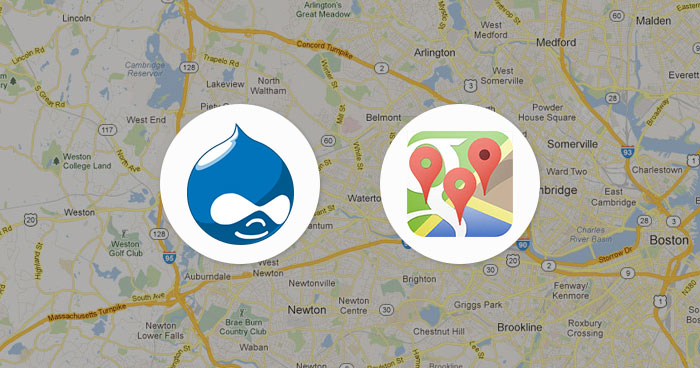Why Embedding Google Maps is the Game-Changer Your Website Needs: A Comparative Analysis

In today’s digital landscape, having an engaging, user-friendly website is critical to attracting and retaining visitors. One of the most effective ways to enhance your website’s functionality is by embedding Google Maps. But is it worth it? This article takes a closer look at the benefits and drawbacks of embedding Google Maps on your website and how it compares to using a static map or no map at all. By the end, you’ll see why Google Maps might just be the game-changer your website needs.
Before and After: A Comparative llm of Embedded Google Maps
- User Experience: Static Maps vs. Google Maps
Before: Static Maps or No Maps at All
Websites without maps or with static maps often leave users frustrated. They have to switch between tabs to search for directions, which leads to a disconnected user experience.
Static maps offer limited interactivity; users cannot zoom in, get directions, or find nearby landmarks easily.
After: Embedded Google Maps
Google Maps offers dynamic, interactive features that improve user experience. Visitors can zoom, scroll, get directions, and explore nearby areas without leaving your site.
This enhances the overall engagement and satisfaction, potentially increasing conversion rates.
- SEO Benefits: Static Maps vs. Google Maps
Before: No SEO Boost from Static Maps
Static maps do not contribute much to SEO. They are just images and lack any interactive elements that can enhance search engine visibility.
Websites without embedded maps might miss out on local search opportunities.
After: SEO Boost with Google Maps
Embedding Google Maps can improve your local SEO. It makes your website more likely to appear in local search results and Google’s “Map Pack,” which is crucial for businesses targeting a specific geographic area.
Google tends to favor websites that provide a richer user experience, including interactive elements like maps.
- Design Flexibility: Static Maps vs. Google Maps
Before: Limited Design with Static Maps
Static maps provide limited customization options. They are often difficult to style to match your website’s aesthetics.
If you need to update location information, you have to redesign and upload a new map.
After: Enhanced Design Flexibility with Google Maps
Google Maps can be easily customized to fit your website’s look and feel, with options to change colors, add markers, and highlight routes.
They are easy to update. Any change in your business location or nearby landmarks is automatically reflected.
- Loading Speed: Static Maps vs. Google Maps
Before: Faster Loading with No Map or Static Maps
Websites without any maps or with static maps often load faster because they do not require additional resources to display interactive features.
Fast-loading websites are crucial for SEO and user experience.
After: Potentially Slower Loading with Embedded Google Maps
Embedding Google Maps may slightly slow down your page load speed, especially if not optimized correctly.
However, this can be mitigated by using techniques like lazy loading or asynchronously loading the map.
- Functionality: Static Maps vs. Google Maps
Before: Limited Functionality with Static Maps
Static maps do not offer advanced functionality like live traffic updates, street views, or location-based suggestions.
Users need to rely on external tools to get real-time data.
After: Advanced Functionality with Google Maps
Google Maps offers extensive functionalities such as live traffic updates, street views, satellite imagery, and nearby business suggestions.
This added functionality enhances user engagement and can help convert visitors into customers by providing all the information they need in one place.
Pros and Cons of Embedding Google Maps
| Feature/
Criteria |
Static Map or No Map | Embedded Google Maps |
| User experience | Limited interaction, disconnected user experience | Highly interactive, seamless user experience |
| SEO impact | Minimal impact on local SEO | Significant boost to local SEO |
| Design flexibility | Limited customization, manual updates needed | High customization, auto-updates |
| Loading speed | Faster page load times | Potential slower load times, can be optimized |
| Functionality | Basic, no real-time updates or interactive features | Advanced, with real-time updates and interactive features |
Conclusion: Why Embedded Google Maps is a Game-Changer
Embedding Google Maps on your website offers a wide range of benefits that can enhance user experience, boost local SEO, and provide advanced functionalities that static maps simply cannot match. While there may be some concerns about loading speed, the pros of using Google Maps—like improved interactivity, better SEO, and enhanced user engagement—far outweigh the cons.
By embedding Google Maps, you provide a richer, more seamless experience for your visitors, making it easier for them to find your location, explore nearby areas, and ultimately, engage with your business. In today’s competitive digital landscape, this could be the game-changer your website needs.
Read More From Techbullion And Businesnewswire.com





